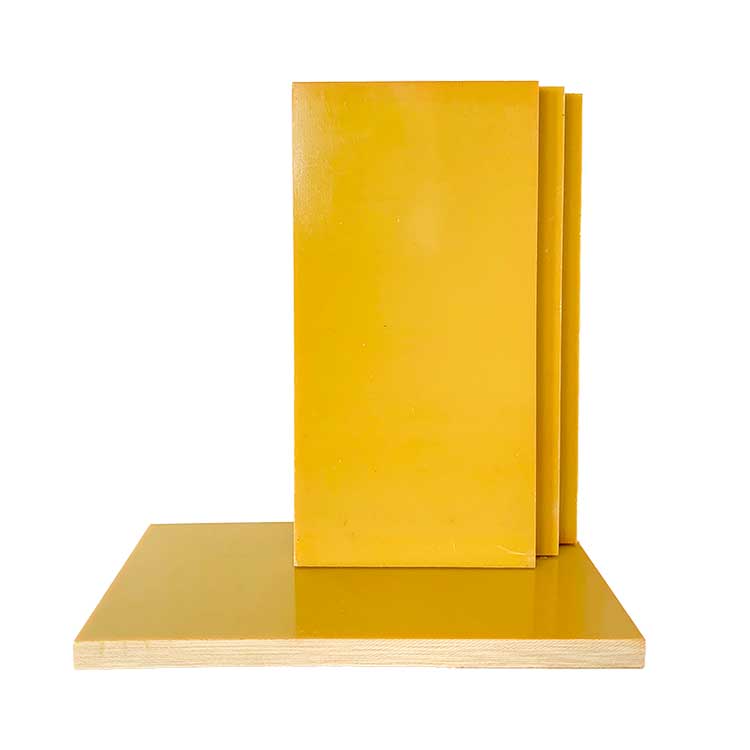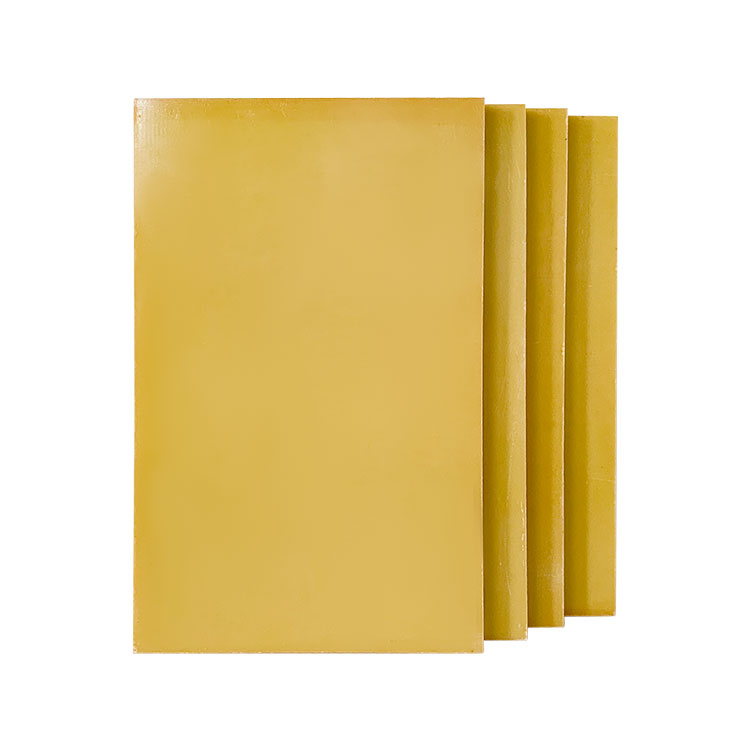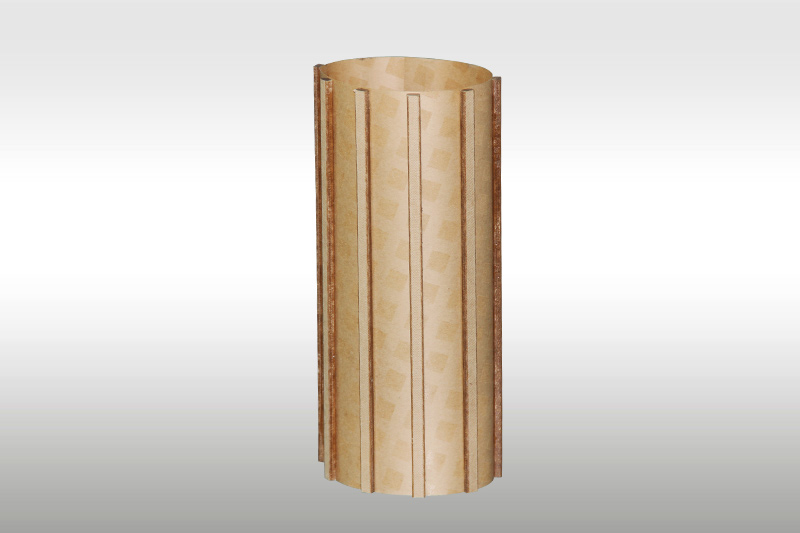Insulation G11 Material: Properties, Applications, and Benefits
2024-08-26 17:00 | By: ZTELEC-www.ztelecgroup.com | 160click
G11 is a high-performance glass epoxy laminate that offers exceptional mechanical and electrical properties, making it a valuable material across various industries. This article explores the key features of G11, its applications, and why it's becoming increasingly popular in engineering and manufacturing.
What is G11 Material?
G11 is a thermosetting industrial fiberglass composite laminate consisting of continuous filament glass cloth bonded with an epoxy resin. It was first introduced in the 1950s and has since become a staple in many high-performance applications.
Key Properties of G11
High mechanical strength
Excellent electrical insulation
Low moisture absorption
Superior dimensional stability
High temperature resistance (up to 180°C for Class H)
G11 vs. G10: Understanding the Differences
While G11 and G10 are both glass epoxy laminates, G11 offers some distinct advantages:
Higher operating temperature than G10
Better mechanical properties at elevated temperatures
Improved insulation capabilities

Applications of G11 Material
G11's unique combination of properties makes it suitable for a wide range of applications:
Electrical Components
Terminal boards
Insulation in power generation equipment
Circuit board holders
Aerospace and Defense
Structural components
Antenna insulators
Rocket cases
Industrial Manufacturing
High-temperature applications
Washers and sleeves
Structural parts in humid environments
Medical Devices
Diagnostic equipment components
Surgical tool parts
Benefits of Using G11
Temperature Resistance: G11 maintains its properties at high temperatures, making it ideal for demanding environments.
Dimensional Stability: It exhibits minimal warping or deformation, ensuring consistent performance.
Electrical Insulation: Excellent dielectric properties make it suitable for various electrical applications.
Moisture Resistance: Low water absorption helps maintain its properties in humid conditions.
Machining Capabilities: Despite its strength, G11 can be precisely machined using CNC technology.

Availability and Forms
G11 is available in various forms to suit different manufacturing needs:
Sheets and slabs (thickness ranging from 1/16" to 4")
Rods (diameters from 1/16" to 2-1/2")
Tubes (various diameters and wall thicknesses)
Conclusion
G11 material offers a unique combination of high strength, excellent electrical properties, and temperature resistance. Its versatility makes it an invaluable resource in industries ranging from aerospace to medical device manufacturing. As engineers and manufacturers continue to push the boundaries of performance, G11 remains a go-to material for applications requiring reliability under extreme conditions.
By understanding the properties and applications of G11, professionals can make informed decisions about incorporating this high-performance material into their designs and products, potentially leading to improved performance and durability in their final outputs.
tags:Lightning ProtectionOverload ProtectionShort Circuit Protectiontransformer safety10kV oil-immersed transformer
- more+releated article
- 2025-10-21Application of K Factor Transformer
- 2025-10-21Detailed explanation about transformer model w
- 2025-10-2010kV Oil-Immersed Transformer Safety: Lightnin
- 2025-10-20What are The Advantages of Phenolic Cotton Clo
- 2025-10-17Are Three-Phase Isolation Dry-Type Transformer
- 2025-10-17G10 Epoxy Sheet: Choosing the Right Specificat
- 2025-10-1610kV Oil-Immersed Transformer Operation Inspec
- 2025-10-163240-B Epoxy Phenolic Glass Fiber Cloth Lamina
- 2025-10-15G10 Epoxy Sheet: The Preferred Insulation Mate
- 2025-10-15Analysis of Energy-Saving and Noise Control Te





